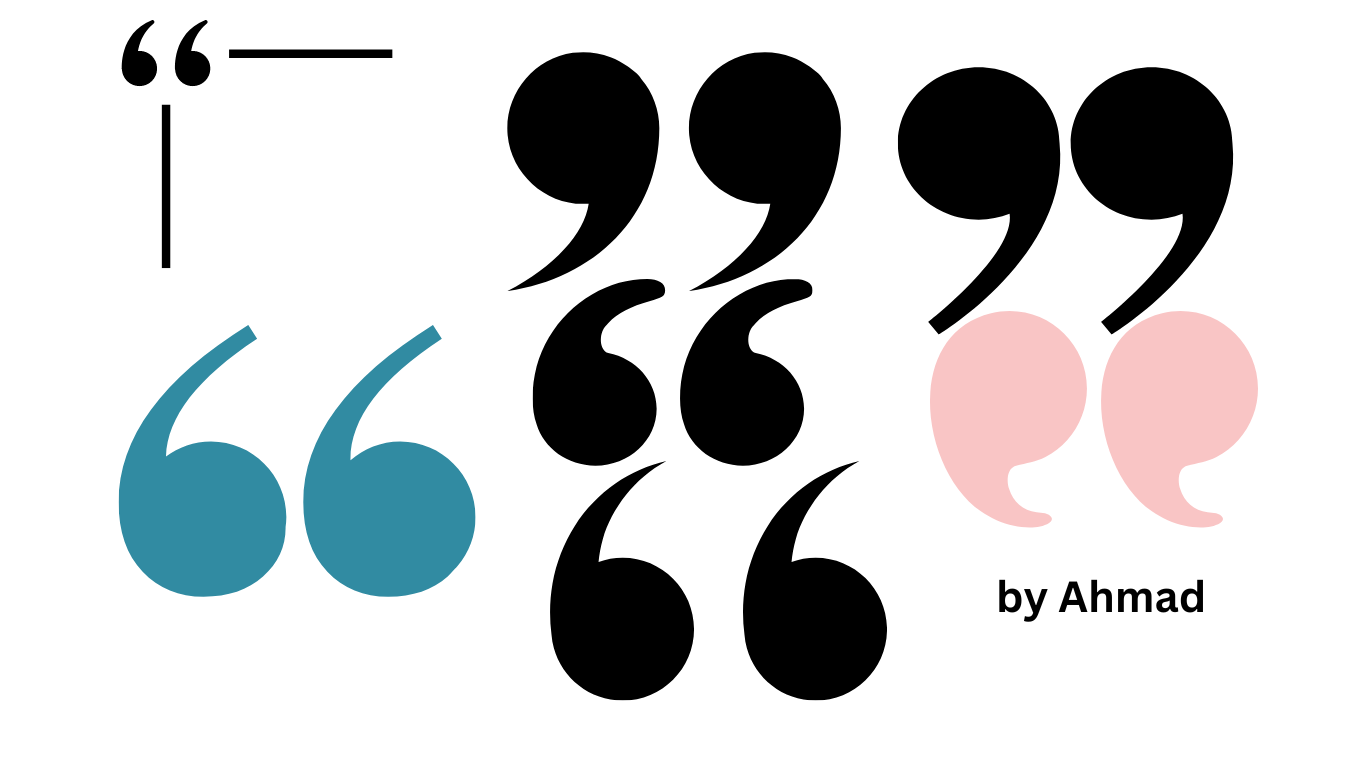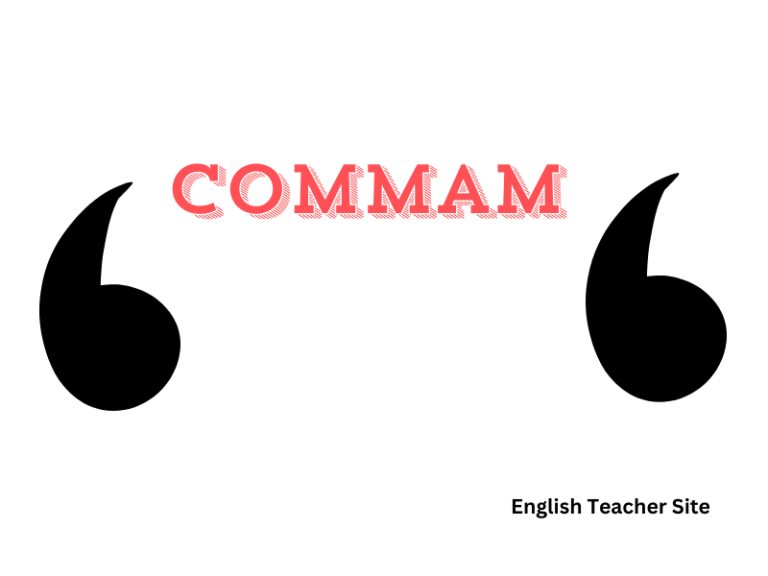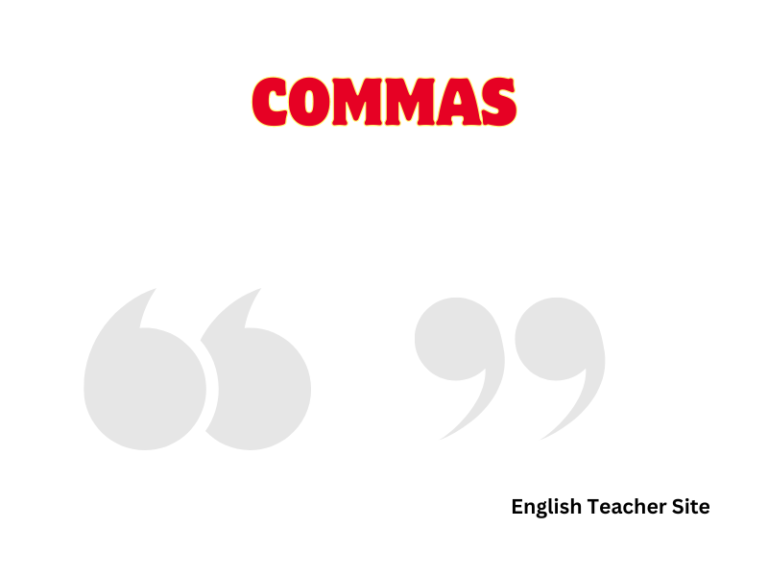Do Periods Go Inside or Outside of Quotation Marks? A Clear and Neutral Guide

- The rules for whether periods go inside or outside quotation marks are different in American and British English.
- In American English, periods and commas always go inside quotation marks, while in British English, they go inside only if they are part of the quoted material.
- In some cases, such as with titles and subtitles, the rules for punctuation and quotation marks may be different.
The answer to whether periods go inside or outside of quotation marks is not straightforward.
Read to find out!
Does Periods Go Inside or Outside of Quotation Marks?
When it comes to writing, one of the most common questions that people ask is whether periods go inside or outside of quotation marks. The answer to this question is not as straightforward as you might think. In fact, it depends on a few different factors, including the style guide you are using and where you are located in the world.
American English
In American English, periods always go inside quotation marks, regardless of whether they are part of the quoted text or not. For example, if you were to write the sentence, “She said, ‘I love you’,” the period would go inside the quotation marks, even though it is not part of the original quote.
British English
In British English, the rules are a bit different. If the period is part of the original quote, it goes inside the quotation marks. However, if the period is not part of the original quote, it goes outside the quotation marks. For example, if you were to write the sentence, “She said, ‘I love you’.”, the period would go outside the quotation marks.
Other English Variants
Other English variants, such as Australian and Canadian English, tend to follow the same rules as American English. However, it is always best to check the style guide you are using to be sure.
Exceptions
There are a few exceptions to the rules outlined above.
For example, if you are using single quotation marks instead of double quotation marks, the rules may be different. Additionally, if you are writing dialogue in a screenplay, the rules may also be different.
Quotation Marks Rules in American and British English
Quotation marks are used to enclose direct quotes, titles, and some phrases in written English. The placement of punctuation marks in relation to quotation marks is a topic of debate between American and British English.
American English Standards
In American English, periods and commas are always placed inside quotation marks, regardless of whether they are part of the quoted material or not. This is known as the “American style” and is followed in most American style guides, including the Chicago Manual of Style, MLA, and APA style.
For example, in American English:
- She said, “I love pizza.”
- He asked, “Do you want to go to the movies?”
British English Standards
In British English, the placement of punctuation marks in relation to quotation marks depends on whether the punctuation is part of the quoted material or not. If the punctuation is part of the quoted material, it should be placed inside the quotation marks. If it is not part of the quoted material, it should be placed outside the quotation marks.
For example, in British English:
- She said, “I love pizza”.
- He asked, “Do you want to go to the movies?”
Additionally, British English uses single quotation marks to enclose direct quotes, while American English uses double quotation marks.
Titles
In American English, titles are capitalized and punctuated according to American style rules. For example, “The Catcher in the Rye” is capitalized and punctuated with a period inside the quotation marks.
In British English, titles are capitalized and punctuated according to British style rules. For example, “The Catcher in the Rye” is capitalized and punctuated with a full stop outside the quotation marks.
Special Cases and Exceptions
When it comes to using punctuation with quotation marks, there are a few special cases and exceptions that writers should be aware of. These include titles, dialogue, and citations, punctuation with other marks, and using punctuation for emphasis.
Titles, Dialogue, and Citations
When dealing with titles, it is important to remember that the rules for punctuation with quotation marks vary depending on whether the title is part of a larger work or a standalone work. For example, if a writer is quoting the title of a book, the title should be enclosed in quotation marks and the period should be placed inside the quotation marks. However, if the writer is referring to the book in a larger work, such as an essay, the title should be italicized and the period should be placed outside of the italicized text.
When writing dialogue, punctuation should be placed inside the quotation marks. For example, if a character in a story says, “I can’t believe it!”, the exclamation point should be placed inside the quotation marks. This rule also applies to citations. When citing a source, the punctuation should be placed inside the quotation marks.
Punctuation with Other Marks
When using quotation marks with other punctuation marks, such as question marks, exclamation points, colons, semicolons, and parentheses, the placement of the punctuation mark depends on the context of the sentence. For example, if a writer is using a direct quote that ends with a question mark, the question mark should be placed inside the quotation marks. However, if the question mark is not part of the quote, it should be placed outside the quotation marks.
Similarly, if a writer is using a direct quote that includes a colon, the colon should be placed outside the quotation marks. However, if the colon is not part of the quote, it should be placed inside the quotation marks.
Using Punctuation for Emphasis
Sometimes, writers use punctuation marks for emphasis, such as using scare quotes or air quotes to indicate an ironic or figurative meaning. In these cases, the punctuation should be placed outside the quotation marks. For example, if a writer is using scare quotes to indicate that a term is being used ironically, the term should be enclosed in quotation marks and the punctuation should be placed outside the quotation marks.
Overall, the rules for using punctuation with quotation marks can be complex and vary depending on the context of the sentence. However, by following these guidelines and paying attention to the context of the sentence, writers can ensure that their use of quotation marks and punctuation is clear and effective.
Source:
My name is Khamis Maiouf. I am the creator of the English Teacher Site, dedicated to providing valuable resources and insights for students around the world. With a passion for education and a commitment to helping students enhance their skills, I aim to make English teaching more effective and enjoyable for both educators and students.





